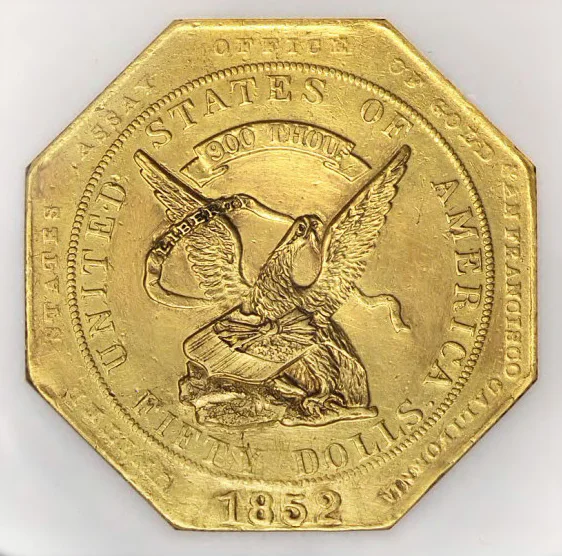Knights Ferry
/On November 9 of 1849, William Knight was killed in the streets of the town he founded, gunned down by a man whose name is now lost to history. James G. Fair was in town the day it happened. He called it, “one of the most cold-blooded murders” he had ever witnessed. Knight was buried where he fell, in front of the Masonic Hall, on a low hill overlooking the plaza.
Read More


















